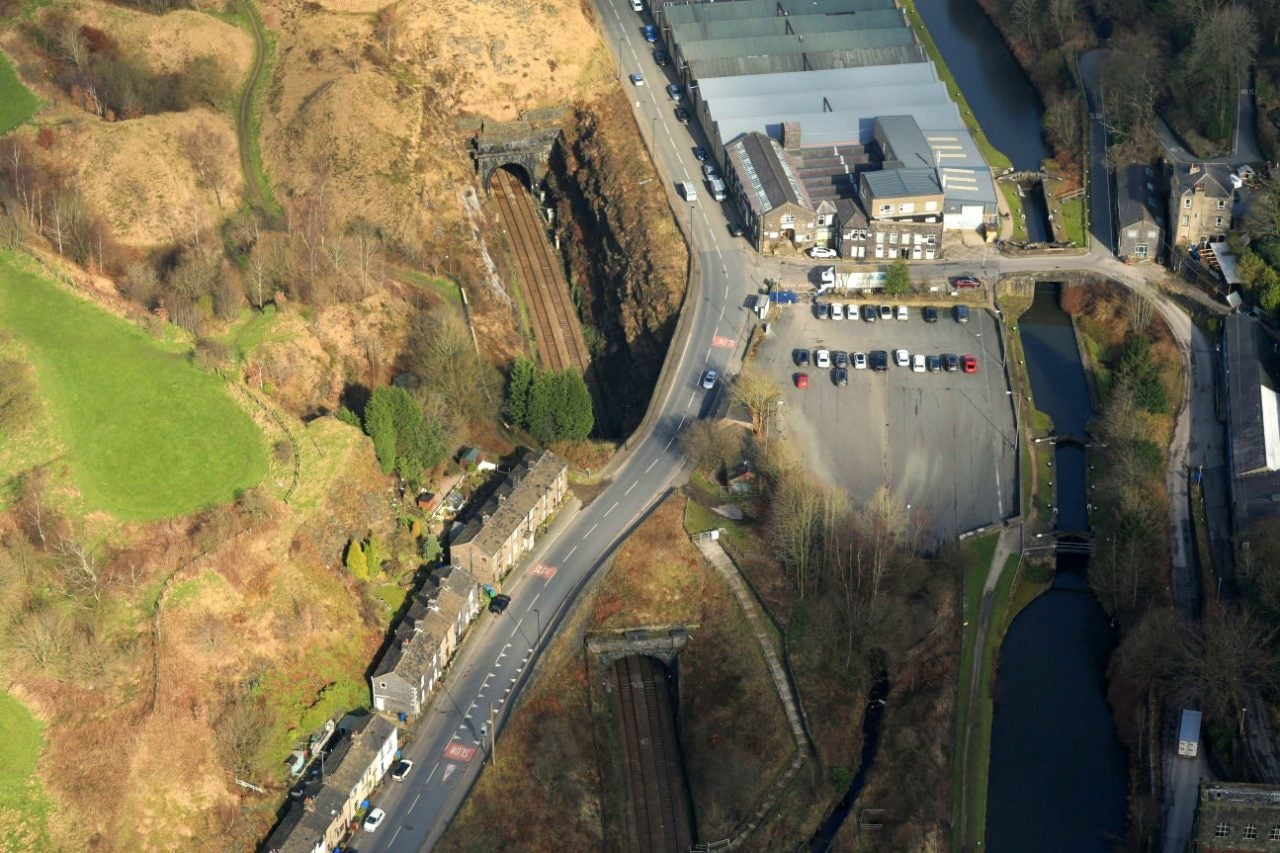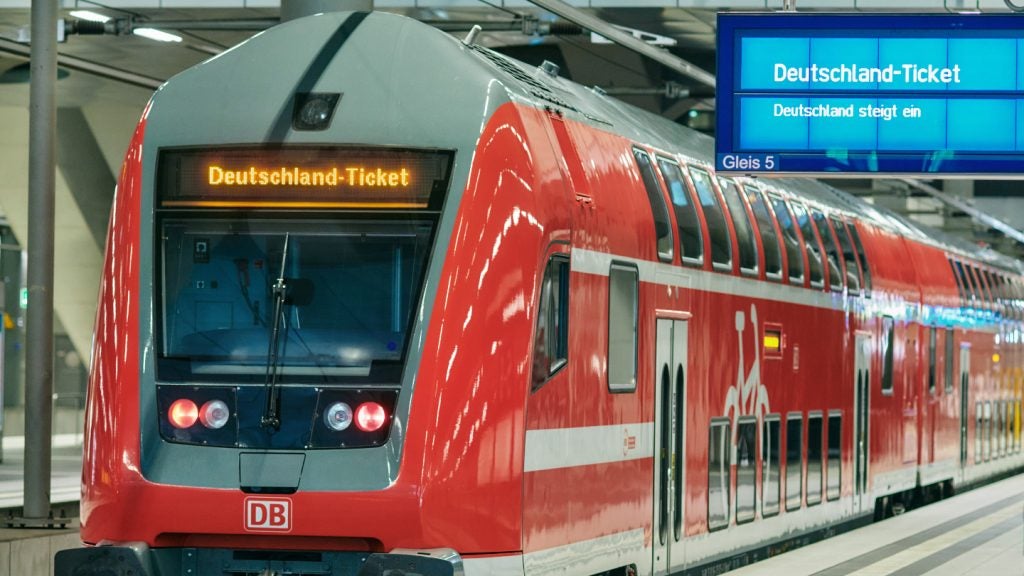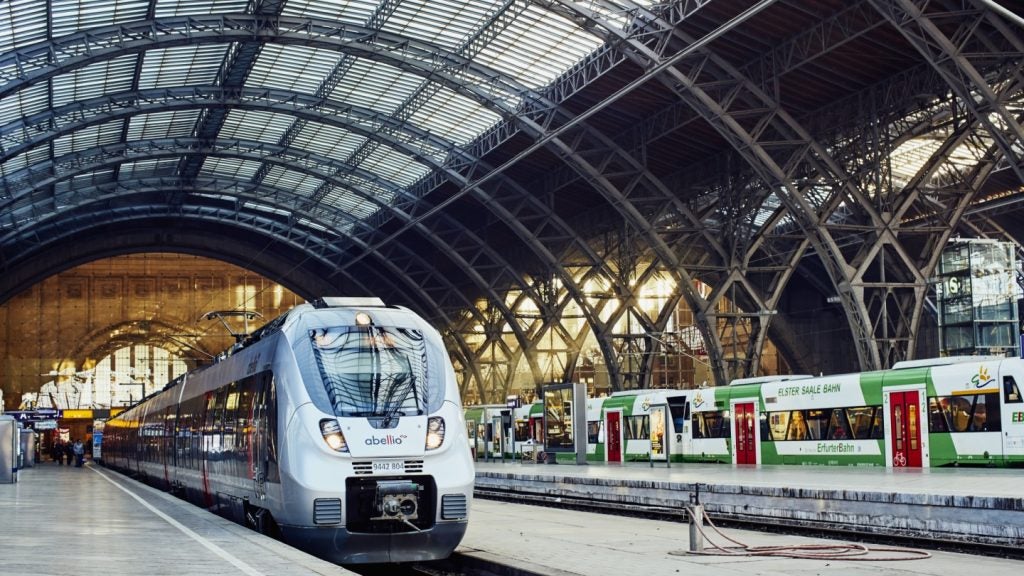
The 180-year-old Summit Tunnel connecting Rochdale and Hebden Bridge has received a facelift to provide a safer, more reliable service for passengers.
Organised by Network Rail, the upgrade saw the 3km of tracks throughout the tunnel being replaced during the period of 23 and 31 October, which saw the railway closed for nine days.
Costing £2M the Great North Rail Project investment aims to improve the service for passengers, improve connectivity and provide passengers with an increasing reliable service.
Alongside providing an improved service the tunnel upgrade will also act as one of the biggest flood alleviation schemes in the north of England, playing a vital role in protecting the local community from the risk of flooding.
The development: Where it all started
Summit Tunnel, located near Todmorden, Yorkshire, is one of the world’s oldest railway tunnels, constructed between 1838 and 1841 by the Manchester and Leeds Railway Company the tunnel acted as a direct line between Leeds and Manchester. Upon initial construction the tunnel was the longest railway tunnel in the world. Stretching over 2.6km with the ability to carry two standard gauge tracks, the tunnel aimed to connect two key locations to assist with industry and commuter journeys.
Designed by Thomas Longridge Gooch the initial construction of the tunnel faced some early setbacks due to excavation proving to be more difficult than anticipated. The tunnel was driven by hand through layers of coal, shale and sandstone. Once completed the walls were lined with six layers of brick, using more than 23 million bricks to complete the job. Handmade locally, up to 60,000 bricks were laid in a single day by the tunnel workers, with an estimated 8,1000 tonnes of cement being transported to the tunnel from Hull.
How well do you really know your competitors?
Access the most comprehensive Company Profiles on the market, powered by GlobalData. Save hours of research. Gain competitive edge.

Thank you!
Your download email will arrive shortly
Not ready to buy yet? Download a free sample
We are confident about the unique quality of our Company Profiles. However, we want you to make the most beneficial decision for your business, so we offer a free sample that you can download by submitting the below form
By GlobalDataA workforce of between 800 and 1,250 men and boys, 100 horses and 13 stationary steam engines (which were used to remove material) were needed onsite to ensure the tunnel’s development.

Summit Tunnel was scheduled to open on New Year’s Eve 1840; however, this was delayed when defects were found which once scheduled to be fixed saw the tunnel being opened on 1 March 1841 with a cost of £251,000 – a cost far greater than anticipated by the railway company. The project also had a human cost, resulting in the death of 41 workers.
The tunnel was forced to close for the first 8 months of 1985 due to a fire which broke out in the tunnel which generated enough heat to vitrify layers of the outer brickwork. Damage to the inside of the tunnel lining was minimal due to the installation of ventilation shafts which allowed gases and heat from the fire to escape. Restoration to the tunnel saw over 500m of track and sleepers being replaced which allowed the tunnel to re-open in August the same year.
Following on from the fire incident, 35 years later the tunnel experienced another eventuality on 28 December 2010 which saw a passenger train derailed on its journey from Manchester to Leeds. Derailment occurred after the train struck ice which had fallen onto the track where it had built up in the ventilation shafts over the winter and had begun to thaw. Although the train collided with the tunnel wall it remained upright, and no injuries were reported.
The facelift: New and improved
Still in use today, the Summit Tunnel provides a key transport link for areas between the Manchester and Liverpool area which has seen Network Rail setting out an improvement plan for the tunnel to increase service reliability. Scheduled to run for nine days starting on 23 October trains were replaced by busses between the Rochdale and Hebden Bridge area which saw disruption between the Manchester Victoria and Leeds line.
During the improvement works the tunnel had more than 3km of track replaced as well as the culvert beneath the railway lines being updated.

Speaking on the development in a press release, Karen Hornby, Network Rail North West head of performance and customer relationship said: “The work will mean fewer train delays on the Calder valley line and make tracks inside the Victorian-built structure fit for the 21st century. However, replacing track like this means we have no choice but to close the line for old sections to be ripped up and replaced with new.”
The inclusion of new culvert beneath the railway lines is a result of Network Rail working in partnership with the Environment Agency which will improve the railway’s role as a flood defence.
Speaking on this development in a press release Environment Agency senior flood risk advisor Nick Pearson said: “Working in partnership with Network Rail as part of the proposed £56M Rochdale and Littleborough Flood Risk Management Scheme will make a huge difference to rail passengers, residents and the local economy.”
“This project, one of the biggest flood alleviation schemes in the north of England, will play a crucial role in better protecting the community from the risk of flooding and we are pleased to see it progress.”
At the time of writing the development of the tunnel has been completed with high hopes surrounding the route acting as an improved 21st century railway line.





